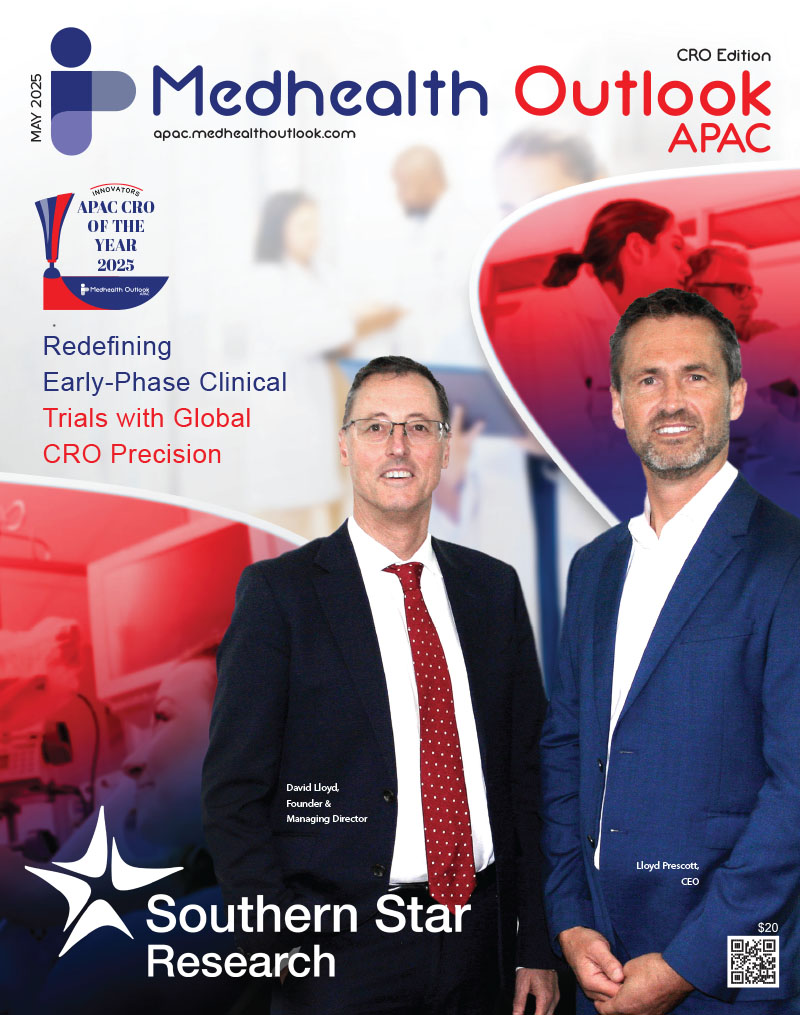Slingshot Biosciences - Controls on Demand: Revolutionizing the Drug Discovery Pipeline
Slingshot Biosciences is a new entrant focusing on a major blindspot in drug development, the lack of consistent controls. With the evolution of treatments such as Cell and Gene Therapy and Rare Diseases, there is now a greater need for reliable controls across the full continuum of drug development, from discovery through to patient monitoring after commercialization. Biomarker controls and other assay validation controls provide an additional layer of security to the drug discovery process. Specifically, using biomarker controls increases accuracy, speeds up the drug discovery process, and improves quality control. By integrating controls, companies can reduce the cost of drug development and provide more affordable treatments for patients. In short, integrating controls is a crucial step for any company looking to develop and bring a drug to market. It is an investment that will pay off in the form of a more reliable and cost-effective drug discovery process.
Currently, cell lines, cell-derived products, and polystyrene beads are used to provide diagnostic controls, assay validation, and active manufacturing support. Both beads and cells/cell lines are limited in their ability to provide value through the whole pipeline, leaving important gaps which impact the ultimate success of a development effort. While beads are great for certain purposes, they have the immediate drawback of not being able to mimic cells in terms of physical features like size, granularity, and autofluorescence (a feature critical in cancerous states like tumor infiltrating lymphocytes (TIL’s)). Similarly, while cells are great for certain purposes, they are not ideal for other applications that require precision, stability, and reproducibility. These features are critical for diagnostic purposes, when referring to calibrators and controls, and are equally important for manufacturing precision when evaluating the quality of a drug, for example.
Despite rapid advancements in cellular analysis technologies (i.e. flow cytometry, spatial genomics and immunohistochemistry), there haven’t been many modifications made to the procurement or production processes for cell-based controls. Meanwhile, the supply chain is fraught with challenges, not to mention that these products do not service the needs of advanced sectors such as cell therapies or rare disease. In these situations, there simply is no commercially available control material, forcing businesses to make and maintain cell lines, or air-freight primary cells from other diseased patients. To address these challenges, Slingshot Biosciences has created an entirely new paradigm where they looked at the requirements of each healthcare application and created a product, from first principles, to service those needs. In a nutshell, Slingshot Biosciences prints next-generation cell and cell line mimics for diagnostics and therapeutics. “When you think about a hematology control, for example, you need a product that looks consistently like a cell from an optical and electrical perspective. To achieve this, you don’t need to use an actual cell with sourcing, stability, and cost issues. It is straightforward for us to create a targeted control that precisely matches that phenotype, with high precision, stability, and repeatability, using our synthetic cell platform,” begins Jeff Kim, Co-Founder and CEO, Slingshot Biosciences. Slingshot is working on an overlooked but ubiquitous problem in healthcare that has a tremendous impact on a variety of patient outcomes: the lack of consistent reference material for cell-based assays. The company’s cell mimics represent a new way to use control material in the workflow, whether for instrument manufacturing, assay setup and validation, or as a manufacturing QC control.
Creating a New Realm of Possibilities
It is often difficult or impossible, not to mention very costly, to source biological reference material and customers are often forced to source primary cells from patients or maintain cell lines to simulate a reference control for a clinical trial or manufacturing workflow. These solutions are wrought with challenges including high cost, high variability, low precision, and batch effects (which drive bridging studies), among other issues. In some instances, rare disease trials need to be paused due to lack of reference material or in some cases, completely abandoned. One striking example is that acute lymphoblastic leukemia or ALL, the most common childhood leukemia, does not have any consistent source of reference material, severely hampering drug and diagnostic development efforts. In another example, Slingshot’s team is developing controls for rare diseases such as paroxysmal nocturnal hemoglobinuria (PNH) for pharmaceutical clients and reference labs that have historically struggled to drive clinical trials forward due to the lack of cellular reference material. “These are just a handful of examples but there are more than 300 types of cellular diseases that lack any type of off of the shelf (OTS) reference material. We are in a position to provide control material for any of these indications, on-demand, and at scale, in a shelf-stable format,” points Kim. Slingshot’s product lines are a solution to these issues in that they mimic the phenotype and physical properties of specific cells in an assay, are reproducible batch to batch, and the scalable platform they are built on makes them inherently simple to source.
As a company Slingshot Biosciences is laser focused on continuing to innovate, and long-term plans include functional cell mimics. In terms of a competitive moat, it has more than 10 years of stealth technology development and market discovery that has given them insight into key applications that impact human health, today.
Solving Scalability and Reproducibility
Slingshot was built off of a few dinner conversations where friends and colleagues who worked in different healthcare and biotech sectors. During these discussions, a common theme kept popping up: how the lack of cellular reference standards made people’s work (in this case running clinical trials, developing therapies for rare diseases, and manufacturing biologics), nearly impossible. Based on Kim’s background training, he instantly realized that the challenges could be solved by approaching it from a first principles perspective, using advances in material science, MEMS, and bioorthogonal chemistry. In a traditional Silicon Valley story, the team launched the business out of the basement of Kim’s live-work condo and operated there for several years, making and delivering its first large-scale batch of cell mimics just months after its founding in 2012. “The journey from then to now was critical because we learned more about the need for key manufacturing characteristics and scale requirements to access the entire market. In a non-traditional Silicon Valley story, we bootstrapped and self-financed the business, in stealth, for almost 8 years, ensuring we solved critical technical challenges in reproducibility and scalability before growing the business. I wanted to ensure the company was fully de-risked from a technical perspective before taking on institutional capital.” Slingshot’s products ultimately reduce the cost of therapeutic manufacturing and improve accuracy. Their cell mimics can also turn flow cytometry into a quantitative and reproducible science, similar to PCR, which has become a critical diagnostic approach due to the availability of easily-accessible processes and assay controls. Flow cytometry offers compelling features, including high statistical power and multiplexed cellular phenotyping capabilities, but at the cost of consistency and ease of use. One of Slingshot’s goals is to turn this bespoke approach into a more repeatable and approachable process by providing next-generation reference material. Slingshot’s cell mimics are highly consistent because it uses microscale precision manufacturing, bringing forth a new level of consistency and precision for multi-site testing.
Today, Slingshot’s north star is to push the boundaries of what a cellular mimic can do, beyond diagnostic procedures, and into pharmaceutical applications. “When you consider an engineered cell therapy from first principles, it is a biophysical scaffold with a few additional functions, including recruitment and payload delivery. We believe that we can recapitulate these functions with a synthetic cell that can be printed, on-demand, with massive semiconductor-like scalability. We have a very exciting effort around these forward-looking applications which have the potential to revolutionize targeted therapies,” concludes Kim.






